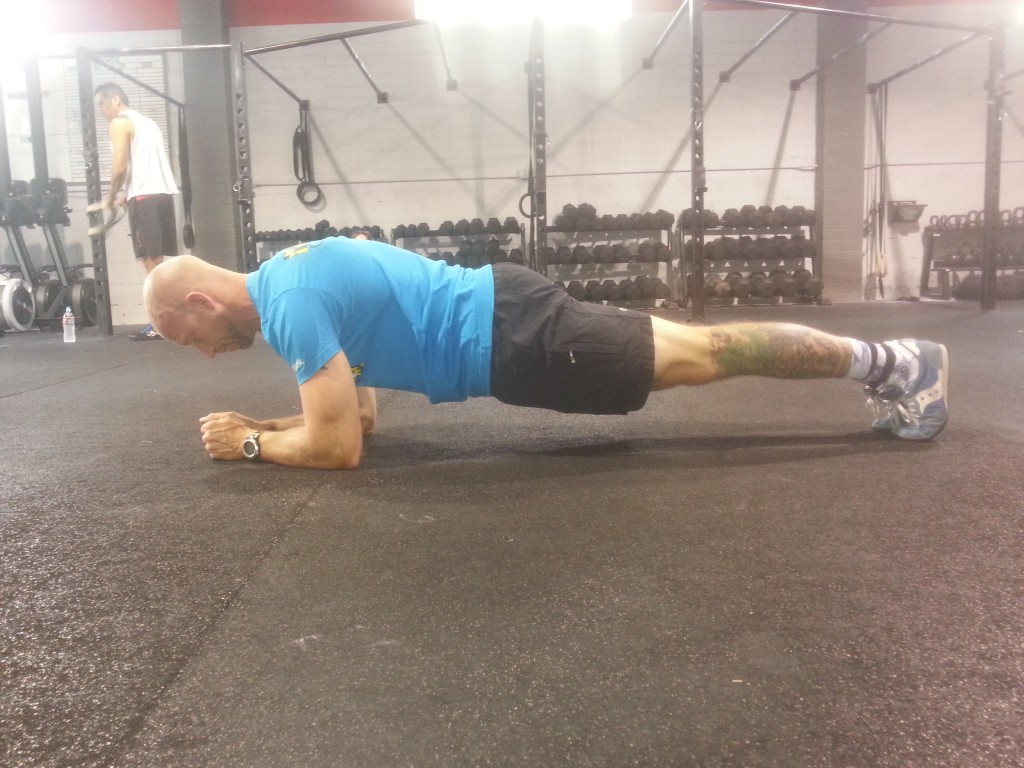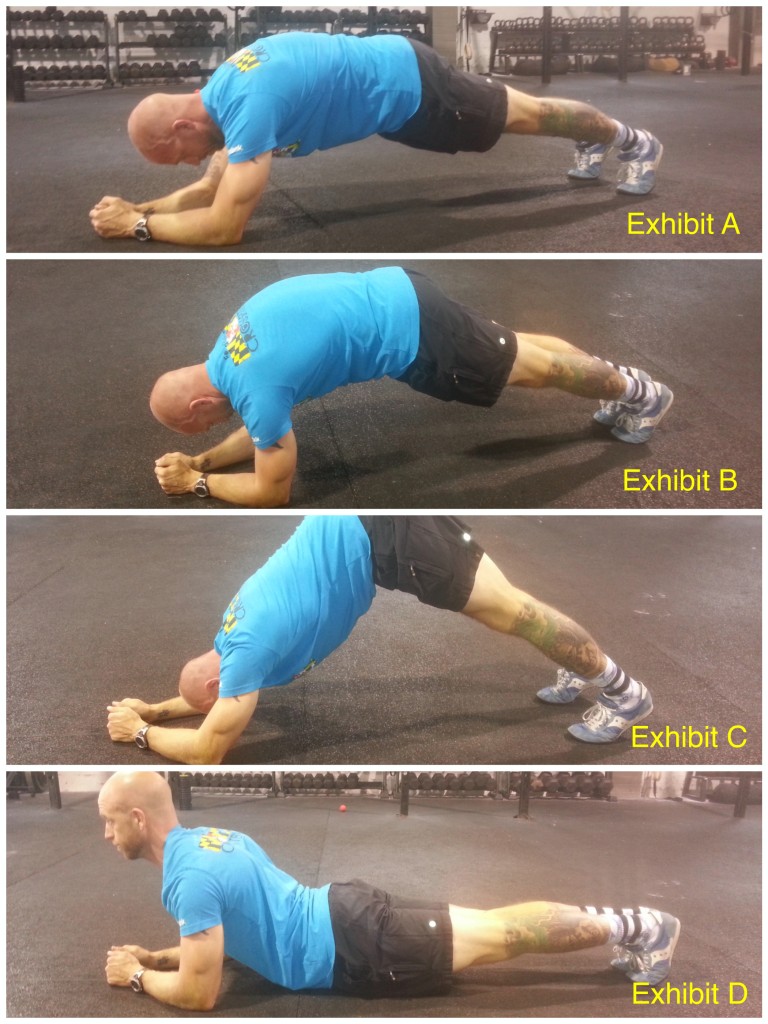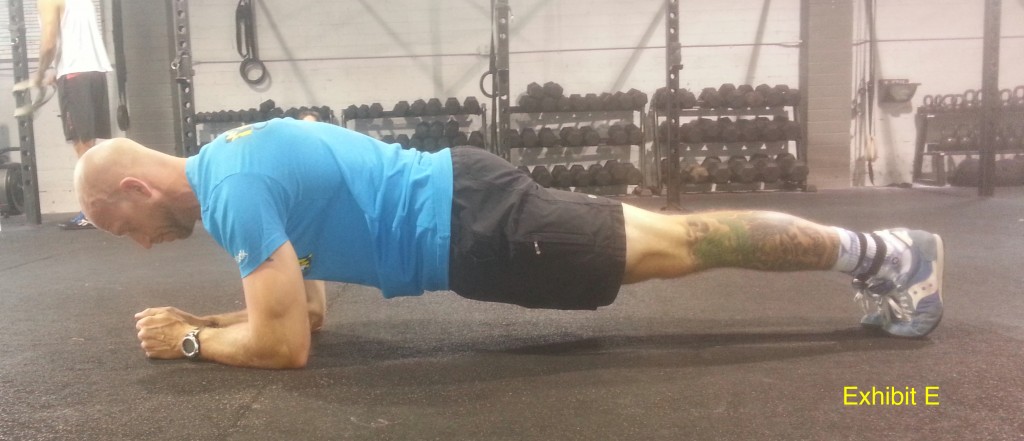Planks – A Gateway Exercise!
Written by Nick Hawkes
Planks, or “prone bridge”, get a bad rap from a lot of uninformed meatheads and self-proclaimed strong men. They are thought of as the “tofu of the strength and conditioning arsenal” and something that only the skinny fat and B.C.A.A. deprived dabble in. I am here to tell you “Nay!” to that sentiment, and that if done properly, the plank and its variations can add some Valerian steel tipped arrows to your quiver of tools.
Planks are a great core exercise and should be a go-to in teaching people anti-extension and training of the anterior core. If done correctly, they are not only a great post workout exercise, but also a great pre-workout/activation exercise.
The Key is in the Set Up
People completely dismember this part. Typically, the faults we see are the following:
Exhibit A: Hands or elbows to far in front
Exhibit B: Extending through the scapulas, creating the image of a jacked up hyena or a feline on the war path
Exhibit C: The “piked hip” approach
Exhibit D: The “yellow belly” approach
To set up properly, you want to place your hands or elbows directly under your shoulders, and then rotate your shoulders back and down as if you were trying to stuff them in your back pocket. You want to keep your head neutral and in alignment, never hanging/hinging on the cervical spine. Next, you want to place your heels together, raise your knees off of the ground ensuring your entire body is flat and long, and squeeze so tight that you are shaking, not quite seizing, but close. Check out Exhibit E for example.
You should be mimicking your same position in the plank as if you were standing straight up; compare Exhibit E and Exhibit F for example. This should not be a comfortable position for you. If you feel that you can maintain this position and are thinking that this is the perfect time to read that article “Five things that All Sexy People Do” in the latest edition of your Cosmo magazine, you might just need to squeeze a little bit tighter. No, TIGHTER!
Execution
People like to treat the plank as a marathon. But, just like a marathon, planking for time is not necessarily good for your health. What we would like to see is short, intense sessions; think intervals. One thing I like to do when I am warming up my clients or groups is have them hold variations of the perfect plank for 15-20 seconds on, and then 5 seconds off. Typically we will repeat this cycle about 3-6 times. Keeping the intervals short helps improve the ability to maintain form and achieve the desired stimulus. By creeping into the realm of planking for time , we run the risk of sinking into improper form and voiding the benefits of the plank all together, and possible even creating some stress on the spine.
Variations
You can go bubba gump on the variations on the plank; Chinese planks, planks on rings, side planks (great for rotary stability)…etc etc. Zach wrote about some of the others in this past Invictus post: “Abs Tight, Abs Right”. All of these are great options, and you really can’t have a bad plank as long as you have a proper set up and execution. Check out the follow video of my favorite activation plank series; it is a great way to get that posterior chain warmed up.
The plank is a gateway exercise to establishing a strong midline, which is literally the centerpiece to being a strong individual. Adding planking in to the routine is like adding an extra serving of protein into your diet; it is how gains are made!



